Discover creative ways to transform vintage glass bottles and ceramic jars into personalized works of art. Learn how...
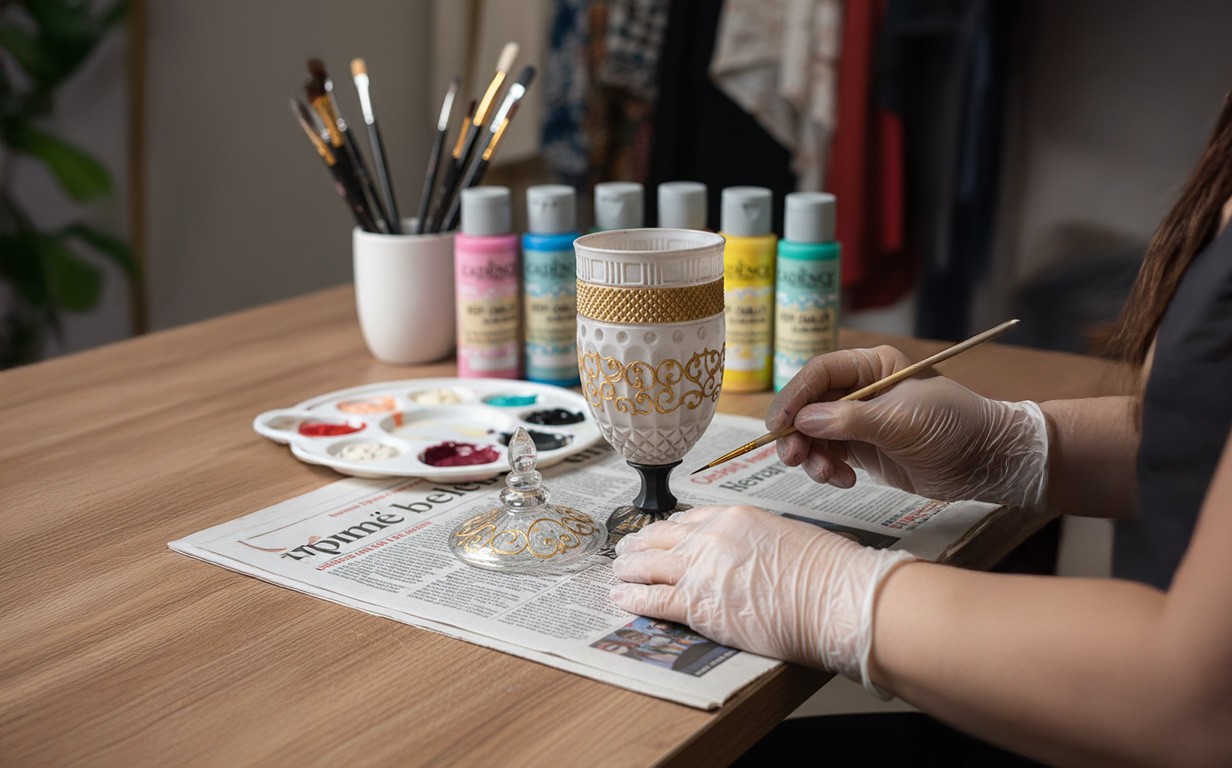
Painting Glass & Ceramic Objects: Creative Ideas for Vintage Bottles and Jars
Painting on glass and ceramic surfaces is an enjoyable way to upcycle everyday items into unique art pieces. Whether you’ve found old bottles at a flea market or have empty mason jars at home, decorating these smooth, glossy surfaces can transform them into personalised vases, candle holders or decorative centrepieces. In this comprehensive guide, we’ll explore a variety of techniques—from simple hand-painting and pouring methods to decoupage and stencilling—using products available in the Glass & Porcelain Paint range. You’ll also learn about adhesives like Glassbond and decorative papers from the Rise Decoupage collection. With proper preparation and imagination, you can turn plain glass and ceramic items into treasured décor pieces or thoughtful gifts.
Introduction
Upcycling and crafting have become popular hobbies for creating personalised home décor while reducing waste. Glass and ceramic objects are ideal surfaces for these projects because their smooth finish allows for a range of artistic expressions. From painting intricate designs on wine bottles to adding metallic accents on old jars, the possibilities are limitless. Using quality glass paints and accessories ensures long-lasting results. In this guide, we delve into the best practices for working with glass and ceramic surfaces, highlight essential materials, and walk you through several techniques that range from beginner-friendly to advanced.
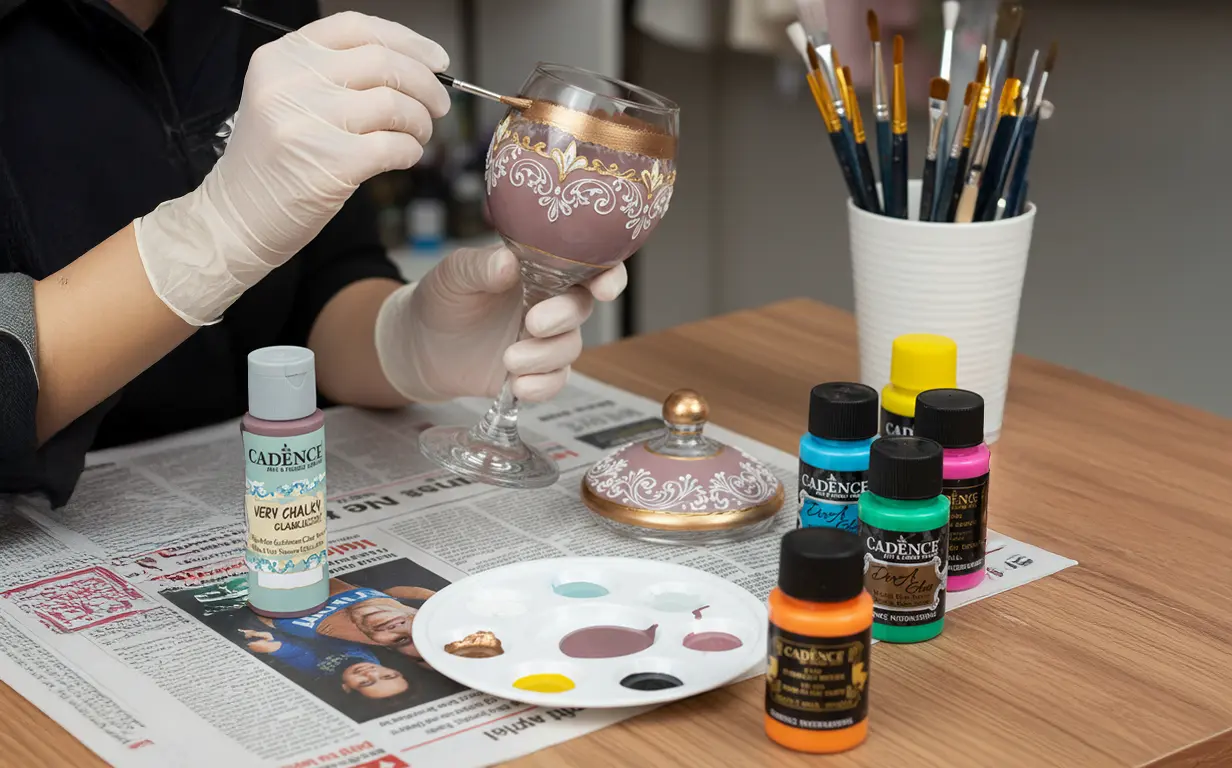
Materials and Tools
Before starting any project, gathering the right supplies will set you up for success. Here’s what you’ll typically need:
- Glass & Porcelain Paints – These paints are specially formulated to adhere to non-porous surfaces without peeling or cracking. They come in various finishes such as glossy, opaque, metallic and transparent. You can browse the full range of colours and textures in the Glass & Porcelain Paint section.
- Acrylic Paints and Effect Paints – For mixed-media projects, acrylic paints add layers of colour and texture. Effect paints such as crackle, chalky or metallic finishes can provide unique surfaces.
- Adhesives and Varnishes – To ensure designs stay put, you need an appropriate adhesive. Glassbond is a transparent-drying glue designed for glass and porcelain. Varnishes protect your finished piece; water-based varnish is ideal if you prefer a low-odour option.
- Decoupage Papers and Stencils – Decorative papers from the Rise Decoupage line allow you to transfer intricate patterns to your object. Stencils help achieve crisp shapes or lettering.
- Brushes and Sponges – Use soft brushes for detail work and foam brushes or sponges for larger areas. Fine-tipped brushes help with intricate designs.
- Cleaning Supplies – Rubbing alcohol or mild dish soap removes grease and dust from surfaces, essential for proper paint adhesion.
- Sealant (Optional) – For projects exposed to handling or moisture, a clear sealant provides extra durability.
Preparing Glass and Ceramic Surfaces
Surface preparation is crucial for paint adherence. Start by washing your items in warm soapy water to remove dirt and grease. Rinse thoroughly and allow them to dry completely. Wipe down each surface with rubbing alcohol to remove any remaining oils or residues. This step ensures the paint bonds strongly. If you’re painting on glazed ceramics, lightly sand the surface with fine-grit sandpaper to create a better grip for the paint. Be sure to wipe away all sanding dust before moving on.
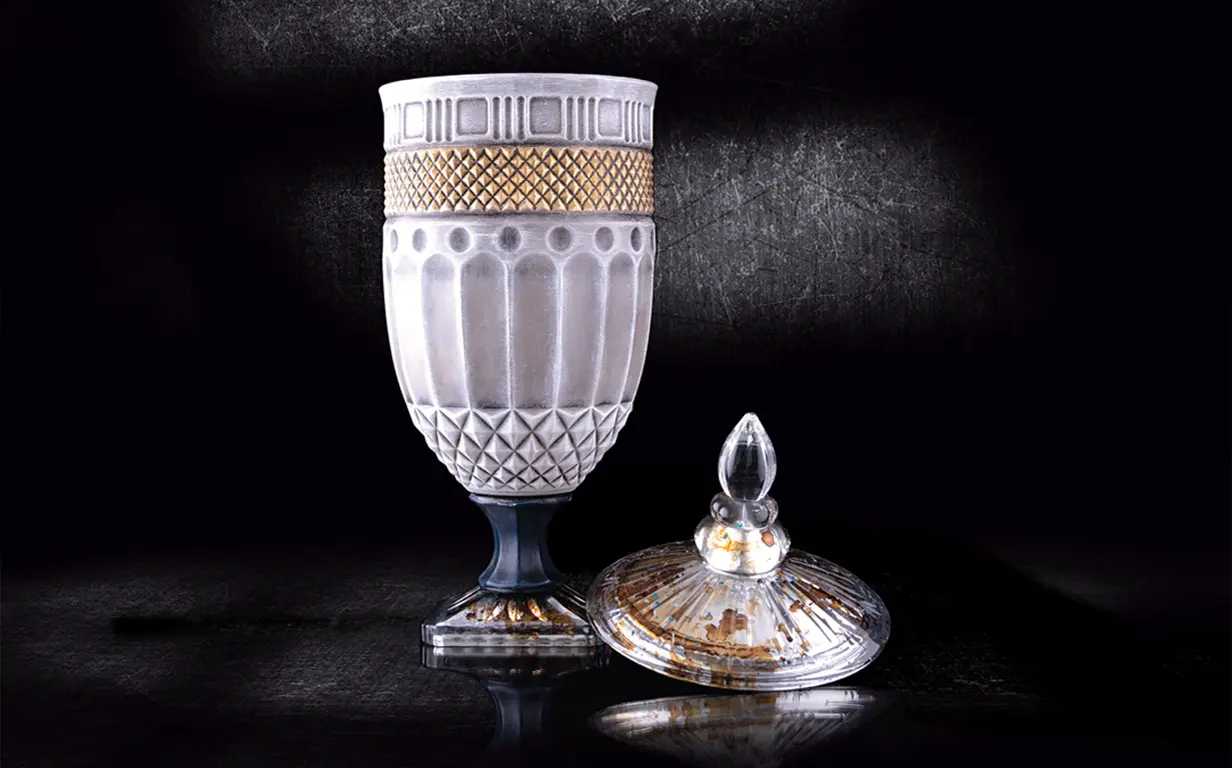
Selecting the Right Paints
For smooth surfaces like glass and porcelain, dedicated glass paints are a must. These paints are designed to adhere to slick surfaces without peeling or cracking. They’re available in water-based formulas that dry quickly and are non-toxic—perfect for crafting. Many options allow air-drying, while some can be baked in an oven for dishwasher-safe results. When choosing colours, decide whether you want a transparent, stained-glass effect or an opaque, matte finish. Metallic paints add a luxurious touch, while chalky paints provide a vintage look. You can mix and layer different finishes to achieve custom effects. Explore the variety in the Glass & Porcelain Paint category.
Painting Techniques for Glass and Ceramics
- Hand-Painting
Simple hand-painting is ideal for personalized designs. Lightly sketch your design on the glass with a water-soluble marker or chalk, then paint over it. Use a steady hand for fine details and layer colours as needed. For a stained-glass look, paint the outlines first, then fill them in with translucent shades. Allow each layer to dry before adding another to avoid smudging. - Pour Painting
For marbled effects, pour painting is an excellent technique. Mix paint with a pouring medium to achieve a fluid consistency. Pour different colours onto the surface, tilting the object gently to let the paint swirl and spread. The result is a unique, abstract pattern. A finish with a clear varnish adds shine and protection. - Sponging and Dabbing
Using a sponge or foam brush, dab paint onto the surface to create texture. This method works well for backgrounds or subtle colour transitions. You can build layers of colour by sponging darker shades over lighter ones. For a rustic look, consider chalky glass paints or tinted varnish to seal the surface. - Etched Effects with Frosting Mediums
Frosting mediums mimic the look of etched or sandblasted glass. Apply the medium evenly and allow it to dry for a translucent finish. Combine this effect with painted elements for contrast. Frosted surfaces look elegant and obscure contents if the object is used as storage. - Tape Resist
Use painter’s tape to mask off areas you don’t want painted. Paint the exposed sections, let them dry, then remove the tape to reveal clean lines. This method is great for geometric designs or stripes. Peel off the tape carefully to avoid lifting the paint. - Stamping and Stencilling
Stencils and stamps allow you to replicate patterns quickly. Secure the stencil on the glass using light adhesive tape. Dab paint over the stencil with a sponge, then lift the stencil carefully while the paint is still wet. Experiment with different shapes, letters or motifs. Check out the collection of stencils and decoupage supplies in the Rise Decoupage category.
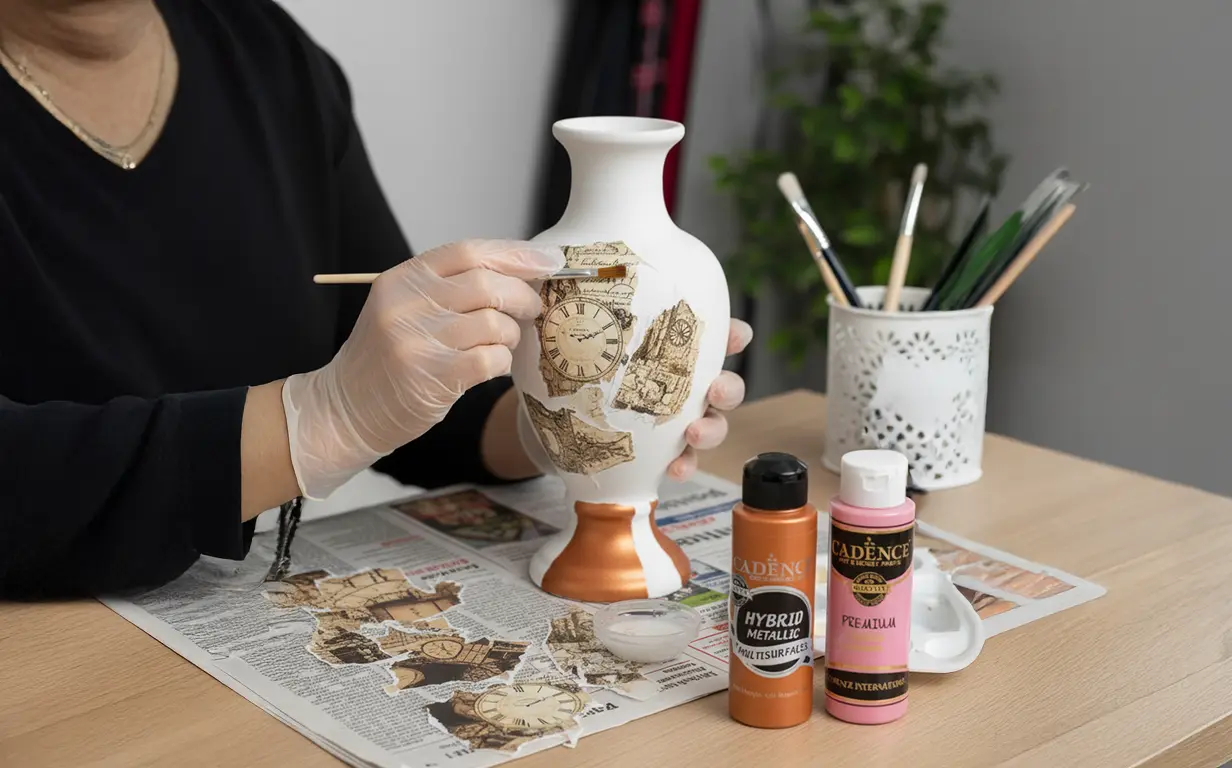
Decoupage and Mixed-Media Techniques
Decoupage is the art of adhering decorative paper or fabric to a surface and sealing it with a finish. It’s especially effective on curved surfaces like bottles and jars, as it moulds to contours without wrinkles or bubbles. Here’s how to create a decoupaged glass jar:
- Choose Your Paper – Rice papers and decoupage sheets are available in a variety of styles—from vintage florals to modern abstracts. Select a design that complements your colour scheme.
- Measure and Cut – Cut the paper roughly to size. For a more organic look, tear the edges by hand rather than cutting them straight.
- Glue Application – Apply an even layer of decoupage glue, such as Glassbond mixed with a decoupage medium, onto the glass.
- Apply the Paper – Carefully place the paper onto the glue and smooth it out with a soft brush or your fingers to remove air bubbles.
- Seal the Design – Brush another layer of glue or clear varnish over the top to protect the paper. Repeat for extra durability.
Mixed-media techniques combine paint, decoupage and other materials. For example, paint the base coat with a metallic or chalk paint, decoupage a vintage floral print in the centre and add metallic accents with a thin brush. The contrast of textures and finishes creates visual depth.
Creative Ideas for Vintage Bottles and Jars
- Vintage Apothecary Bottles – Clean the bottles thoroughly and apply a base coat of opaque chalky paint. Use stencils to add old-world typography or botanical illustrations. Embellish with twine wrapped around the neck.
- Moroccan Lanterns – Paint the bottle’s body with transparent glass paints in jewel tones like cobalt blue and emerald green. Add geometric designs using gold or silver paint and small glass mirrors. Place a tealight inside to create an atmospheric lantern.
- Pressed Flower Vases – Adhere pressed flowers to the surface using clear decoupage glue. Once dry, seal with varnish. The result is a delicate, nature-inspired vase perfect for fresh bouquets.
- Boho Dream Bottles – Combine decoupage paper featuring mandala or paisley patterns with metallic accents. Add beads or charms around the neck using jewellery wire.
- Holiday Candle Holders – Wrap mason jars with rice paper featuring winter scenes, snowflakes or festive motifs. Use frosted paint to create a snowy effect at the bottom. Insert LED candles to illuminate the designs.
Finishing Touches and Care
Once your design is complete, allow the paint and glue to dry fully. For glass paint that is oven-curable, follow the manufacturer’s instructions: typically, place the piece in a cold oven, set the temperature to 160°C (325°F) and bake for about 30–40 minutes. Allow it to cool in the oven to prevent thermal shock. This curing process makes the paint more durable and often dishwasher-safe. If you’re using air-dry paints, cure for at least 24 hours before handling.
When cleaning painted glass and ceramic items, always hand-wash gently using mild soap and lukewarm water. Avoid abrasive sponges that might scratch or peel the paint. For decoupaged surfaces, wipe with a damp cloth instead of soaking.
Troubleshooting and Tips
- Uneven coverage: If the paint looks streaky, apply a second coat after the first dries completely.
- Bubbles under decoupage paper: Smooth them out gently with a clean brush or credit card while the glue is still wet.
- Paint peeling: Ensure surfaces are thoroughly cleaned before painting. Avoid touching the surface with bare hands after cleaning, as oils from your skin can interfere with adhesion.
- Brush strokes: Use soft, high-quality brushes for smoother finishes. For large areas, foam brushes minimise streaks.
- Safety: Work in a well-ventilated area. Cover your workspace to protect it from spills.
Soft Call to Action
Ready to transform your glass and ceramic pieces into eye-catching art? Browse our full selection of Glass & Porcelain Paints, adhesives like Glassbond and creative materials in the Rise Decoupage collection. With a bit of creativity and the right tools, your next DIY project could be the highlight of your home décor or the perfect handmade gift for someone special.

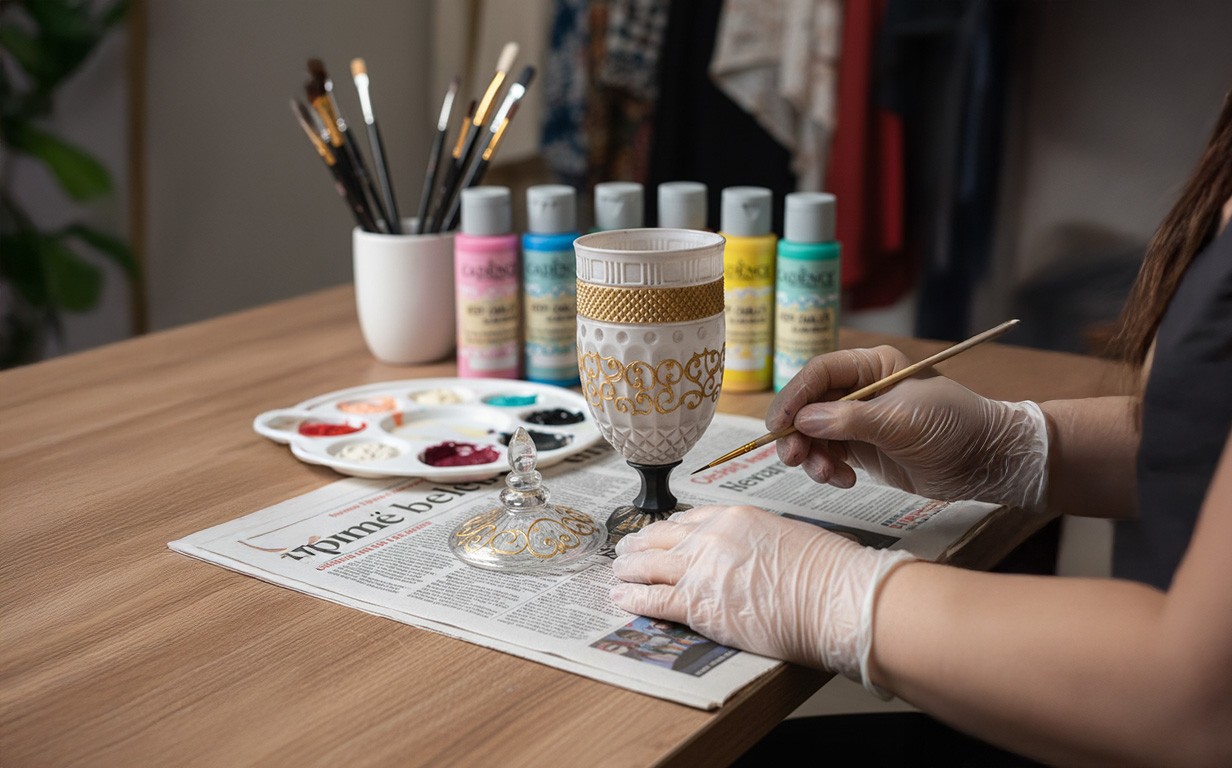
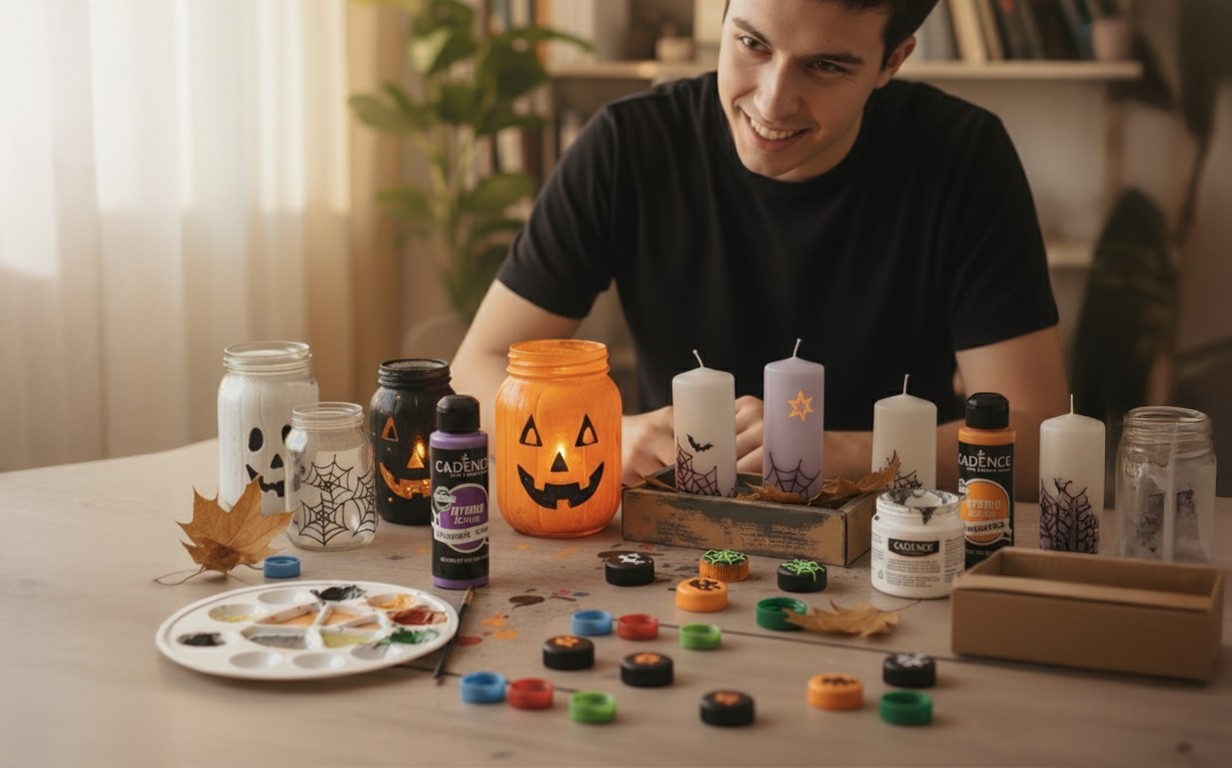
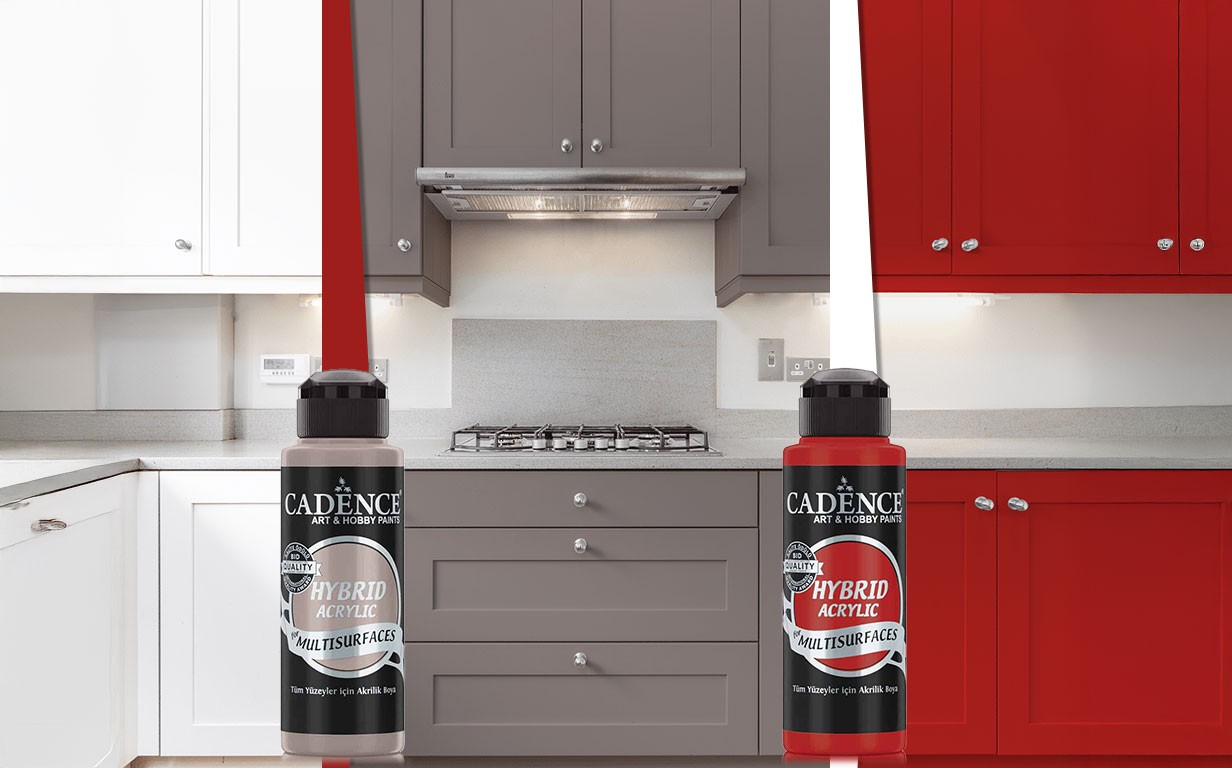
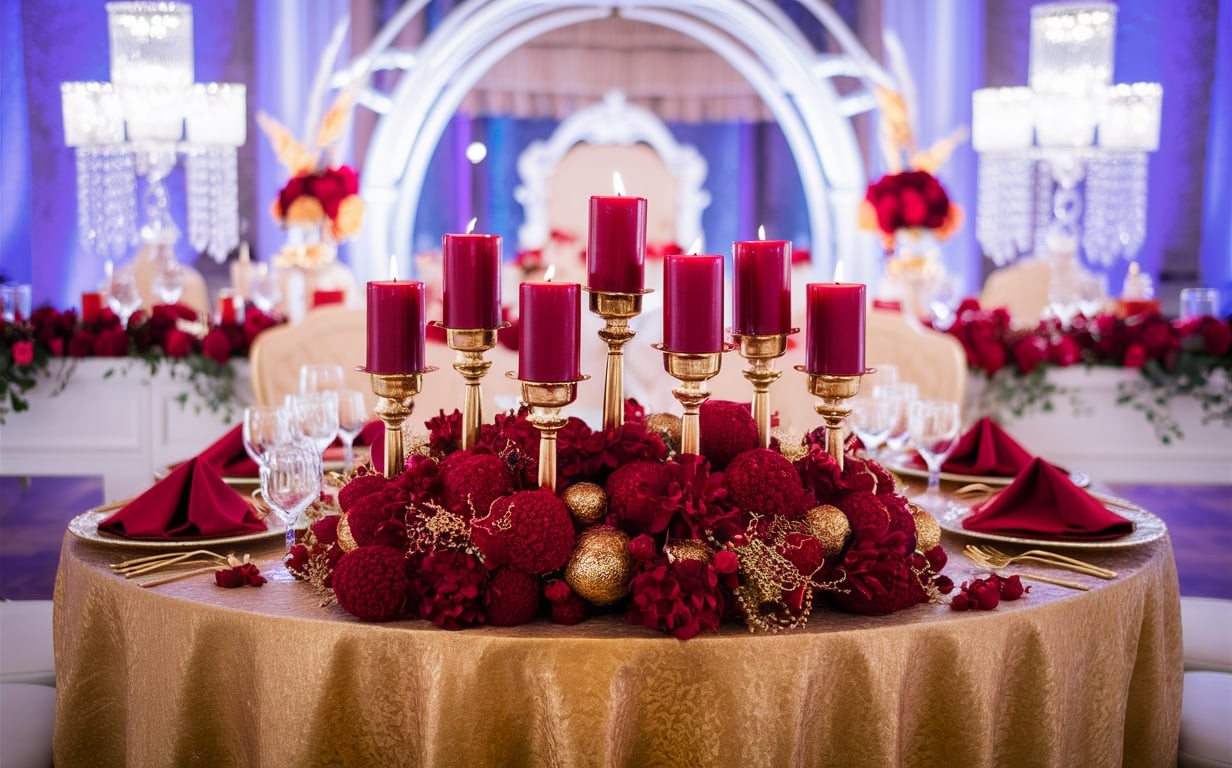
Leave a comment